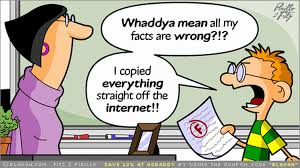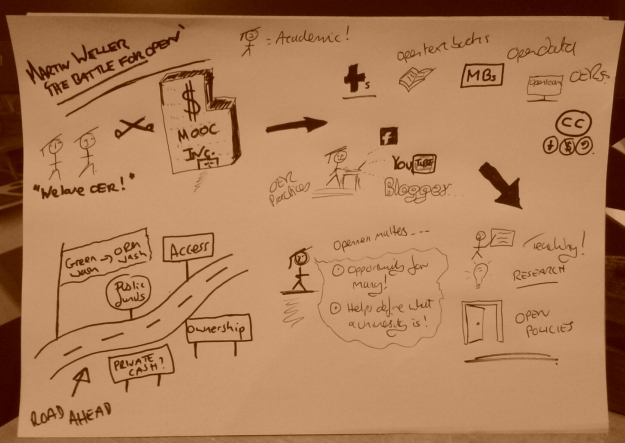Block 2, Activity 24, Consider Open Learner Literacies

I found this activity quite challenging because I don’t think I have ever really stopped to think about the concept of literacies. The Open University’s Digital and Information Literacy Framework has five competency areas relevant to open learning but are equally applicable in traditional closed learning environments.
Beetham et al’s 2009 JISC funded study usefully drills down into the concept of literacies and two aspects of their definition stuck a chord. Firstly, that a literacy is a foundational knowledge on which other skills depend, and secondly, that literacies are ‘a socially and culturally situated practice – often highly dependent on the context in which it is carried out’.
Open learning literacies therefore relate directly to the way open educational practises are distinct from other forms of educational endeavours. These practises are based on valuing sharing and openness in education. If you don’t believe that education can only take place through sharing, and that sharing widely is the most effective way to educate the most people, then you might struggle… David Wiley puts it well in this TedxNYDE talk.
To be able to share openly you need to have digital and information literacy skills but in addition to this you have to be able to evaluate, remix and reuse content in order to share, and be the recipient of shared, material.
To be able to share content you need to be online, participating in OER communities, so the ability to engage and create digital identities is important too. Enhanced online communication and networking skills must also be an important aspect of open education literacies.
What other aspects are there to open educational literacies? …. comments please….

 The
The 
 Block 1, Activity 5: Are OER both open and innovative?
Block 1, Activity 5: Are OER both open and innovative?